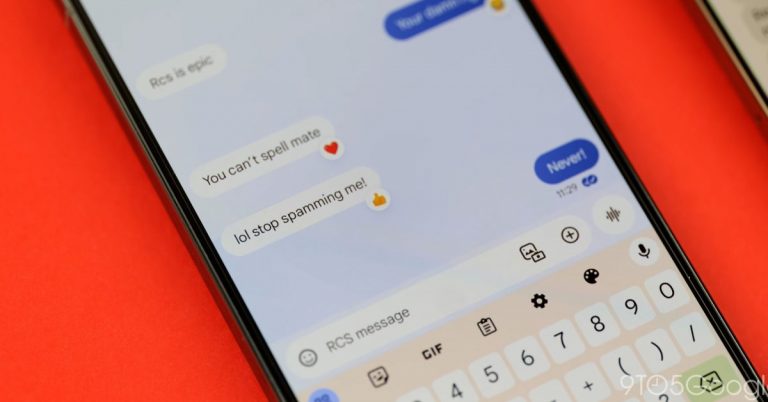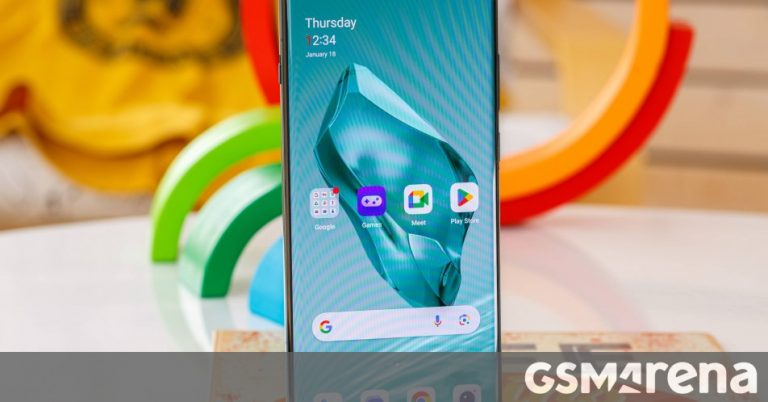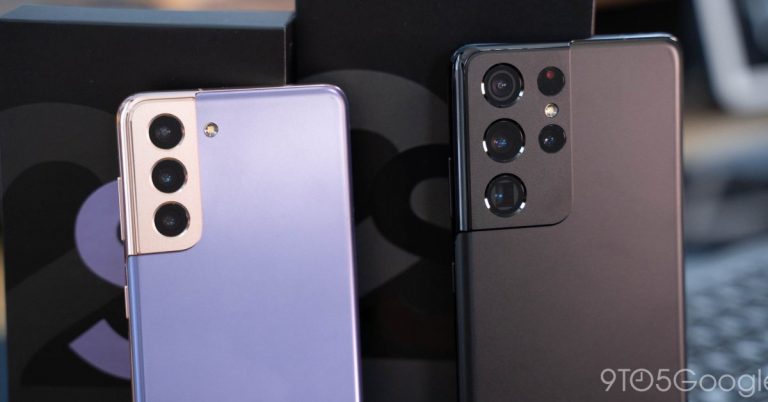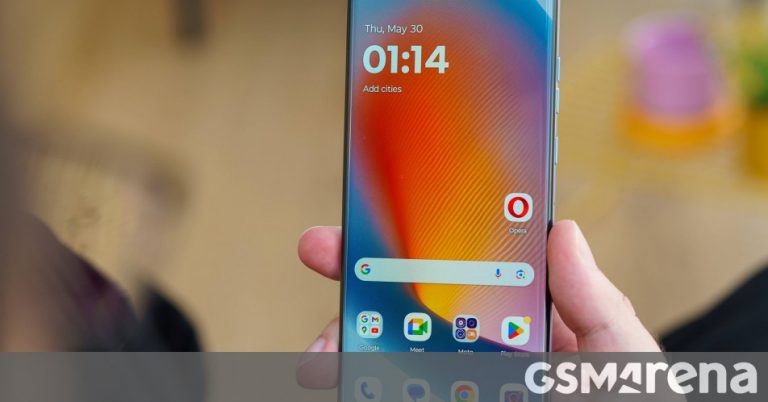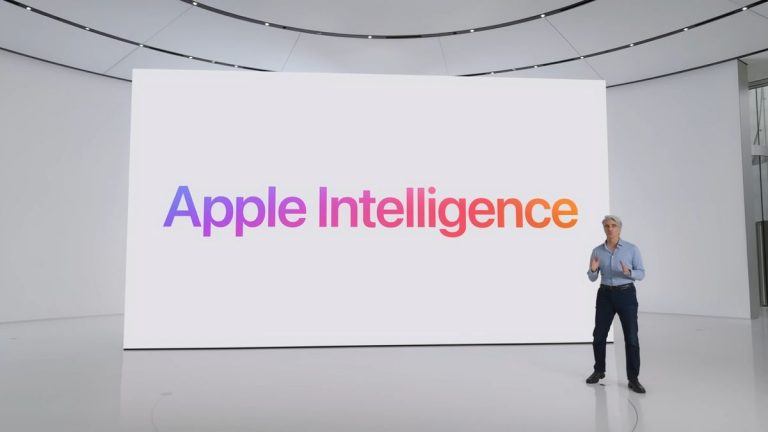Google Pixel 9 Pro XL vs Pixel 8 Pro: A Comprehensive Comparison of Features, Specs & Performance

So, Google has just dropped a new flagship model, the Pixel 9 Pro XL, which dethroned last year’s Pixel 8 Pro as the top-tier Pixel in the family. But, here’s the thing – this year’s model isn’t a revolutionary reboot, it’s more of an iterative update. And, to make things even more interesting, the launch price of the 9 Pro XL is significantly higher than the 8 Pro’s going price. So, on paper, the 8 Pro seems like the more sensible choice. But, let’s dive into the details and see if the 9 Pro XL deserves its price premium.
For starters, the two devices have near-identical dimensions, despite the 9 Pro XL having a slightly larger display. Google managed to slim down the bezels and squeeze in more screen real estate. The newer Pixel is also slightly thinner and heavier, but we doubt anyone would notice in real life. Build quality and appearance are pretty much the same, with Gorilla Glass Victus 2 on the front and back, and an aluminum frame in the middle. The 9 Pro XL has a slightly different camera island design, but that doesn’t affect handling or usage.
Now, let’s talk about the display. Both devices have the same underlying tech – LTPO OLED with up to 120Hz refresh rate. They both support adaptive refresh rate and HDR10+. But, the 9 Pro XL has a brighter display, going above 2,300 nits, while the 8 Pro maxes out at 1,600 nits. And, you get 0.1″ more screen diagonal with the 9 Pro XL, along with thinner bezels that look more modern.
In terms of battery life, the 9 Pro XL has improved, despite sharing the same battery capacity as the 8 Pro (5,060 mAh vs. 5,050 mAh). It’s likely due to the newer Tensor G4 chip or other under-the-hood optimizations. The 9 Pro XL has an Active Use Score of 12:32h, which is better than the 8 Pro’s 11:14h. While call and gaming runtimes are roughly the same, the 9 Pro XL edges out its predecessor with better web browsing and video playback.
Charging speed is another area where the 9 Pro XL excels. Both devices use Power Delivery 3.0, but the 9 Pro XL’s is rated at 37W, up from the 30W on the 8 Pro. And, according to our tests, the gains are noticeable. The 9 Pro XL is noticeably faster than the 8 Pro at the 15-minute and 30-minute marks, delivering more than 10 percentage points difference. However, the curve flattens as the 9 Pro XL gets closer to 100%, and the full charging time is only about 5 minutes faster.
When it comes to speakers, the 9 Pro XL offers louder speakers than the 8 Pro, but the difference isn’t that noticeable. What’s noticeable is the sound tuning – the 9 Pro XL sounds warmer, with deeper and more pronounced bass.
In terms of performance, Pixel phones have never been the high-performance type, and Google has always focused more on the software side of things. The Tensor G4 chip isn’t a significant improvement over last year’s G3, but the phone still runs well and is snappy in its day-to-day tasks. There’s no significant change in memory configurations either – the 9 Pro XL gets 16GB of RAM across all storage variants, which is a step up from last year’s 12GB configurations, but that’s hardly an improvement you can feel or measure.
Unfortunately, the benchmarks we ran on the 9 Pro XL were unreliable, so we can’t provide any results for the time being.
Camera-wise, the 9 Pro XL doesn’t bring much to the table in terms of improvements, and the two handsets share largely the same camera hardware. We did notice a slight tendency for a brighter exposure in some low-light scenes shot on the 9 Pro XL, but that’s about it. Selfies are excellent on both phones, but we expected a significant improvement on the new model.
Video quality is where the 8 Pro edges out its successor. The 9 Pro XL’s videos are soft and lack fine detail, which is true for all three cameras on the back. We suspect this is a software issue that Google will address with a future update.
So, what’s the verdict? The 9 Pro XL offers upgrades that are too modest to justify the price difference of around €500/$500 at the time of writing. Sure, the 9 Pro XL has a brighter and slightly larger display, improved battery life, and slightly faster charging, but that’s not enough to persuade a potential buyer to shed a few extra hundred bucks. Especially when you consider the long software support both devices are entitled to and the near-identical camera performance. In fact, the 8 Pro edges out its successor in this regard with better-looking video quality.

